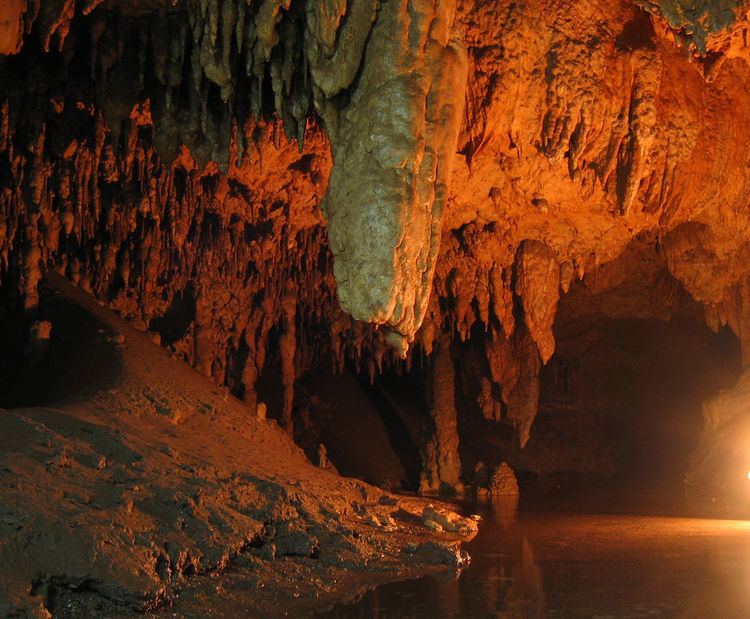Archaeologists Gabor Halasi | Excavation dates 1981 Address DN75, 417366, Romania | |
 | ||
Similar Peștera Urșilor, Peştera Gheţarul de la Scă, Fortress of Ponor, Parcul Natural Apuseni, Cabana Cota 1000 Arieșeni | ||
Coliboaia Cave (Romanian: Peștera Coliboaia, [koliˈbo̯aja]) is located in Apuseni Natural Park, Câmpani, Bihor County, Romania. It contains the oldest known cave paintings of Central Europe, radiocarbon dated to 32,000 and 35,000 years BP, corresponding to the Aurignacian and Gravettian cultures of the Paleolithic period. The Coliboaia Cave was first mentioned in history before 1900, but it was never extensively investigated until 1981 by Gabor Halasi. This cave was not well known until September 2009, prehistoric parietal cave paintings were discovered. It was quickly protected by the Romanian Federation of Speleology. Situated on a western slope of the Sighestel Valley, the cave sits at an altitude of 560 m (1,840 ft). It has a medium sized entrance and a portal that is oriented from east to west.
To access the Art Gallery, people must go through a great chamber, natural lake, and main gallery. The Art Gallery itself is seven meters above ground. The drawings there are representations of animals, done in black and likely with charcoal. Some of the animals depicted include bison, bears, and rhinos, while the subject of other drawings remain unknown. The images are on both walls of the cave and do not appear to have any type of symmetrical pattern.
On the right wall, there is a drawing of a bison. The picture is 1.43 to 2.02 m (4.69 to 6.63 ft) above the ground and executed in bluish-gray lines. On the left side, an illustration of a rhinoceros head is 58 to 89 cm (22.8 to 35.0 in) above the floor. A consistent element to these drawings is that they only represent the heads of animals. The time of origin of the pictures is being debated. Archaeologists’ estimates vary from the Early to the Middle Upper Paleolithic, in between 29,000 and 23,000 years ago that corresponds with the Aurignacian culture (35,000 to 29,000 years ago) and the Gravettian culture(29,000 to 22,000 years ago). The lack of cave bears and rhinos pictured in the cave, however, contradicts such because those animals were scarce during these time periods. Furthermore, the drawings do not appear to be completely uniform. This suggests they were not all done at the same time.
